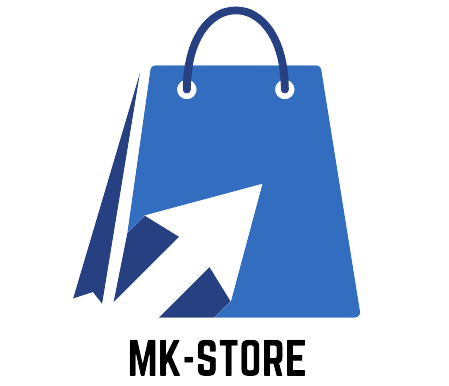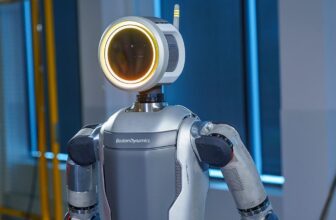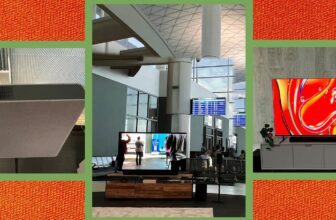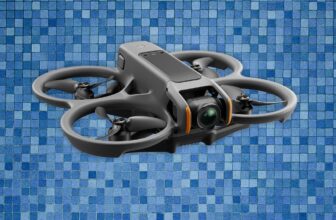
You are not being paranoid. In case you all the time really feel like any individual’s watching you, because the track goes, you are most likely proper. Particularly for those who’re at work.
Over the course of the Covid-19 pandemic, as labor shifted to work-from-home, an enormous variety of US employers ramped up using surveillance software program to trace staff. The analysis agency Gartner says 60 percent of large employers have deployed such monitoring software—it doubled throughout the pandemic—and can seemingly hit 70 % within the subsequent few years.
That is proper—whilst we have shifted towards a hybrid mannequin with many staff returning to workplaces, totally different strategies of worker surveillance (dubbed “bossware” by some) aren’t going away; it is right here to remain and will get way more invasive.
As detailed within the e book Your Boss Is an Algorithm, authors Antonio Aloisi and Valerio de Stefano describe “expanded managerial powers” that firms have put into place over the pandemic. This contains the adoption of extra instruments, together with software program and {hardware}, to trace employee productiveness, their day-to-day actions and actions, laptop and cell phone keystrokes, and even their well being statuses.
This may be known as “datafication” or “informatisation,” in keeping with the e book, or “the observe by which each and every motion, both offline or on-line, is traced, revised and saved as mandatory, for statistical, monetary, business and electoral functions.”
Paradoxically, specialists level out that there is not adequate information to help the concept that all this information assortment and worker monitoring actually increases productivity. However as using surveillance tech continues, staff ought to perceive how they is likely to be surveilled and what, if something, they’ll do about it.
What Form of Monitoring Is Taking place?
Utilizing surveillance instruments to observe staff just isn’t new. Many workplaces proceed to deploy low-tech instruments like safety cameras, in addition to extra intrusive ones, like content material filters that flag content material in emails and voicemails or uncommon exercise on work computer systems and gadgets. The office maxim has lengthy been that for those who’re within the workplace and/or utilizing workplace telephones or laptops, then it’s best to by no means assume any exercise or dialog you’ve gotten is personal.
However the newer era of instruments goes past that sort of surveillance to incorporate monitoring by way of wearables, office furniture, cameras that track body and eye movement, AI-driven software that may rent in addition to problem work assignments and reprimands robotically, and even biometric data collection by way of well being apps or microchips implanted inside the body of staff.
A few of these strategies can be utilized to trace the place staff are, what they’re doing at any given second, what their physique temperature is, and what they’re viewing on-line. Employers can gather information and use it to attain staff on their particular person productiveness or to trace information traits throughout a complete workforce.
These instruments aren’t being rolled out solely in workplace areas, however in work-from-home areas and on the highway to cellular staff reminiscent of long-haul truck drivers and Amazon warehouse workers.
Is This Authorized?
As you may think, the legal guidelines of the land have had a tough time maintaining with the short tempo of those new instruments. In most international locations, there are not any legal guidelines particularly forbidding employers from, say, video-monitoring their workforce, besides in locations the place staff ought to have a “reasonable expectation of privacy,” reminiscent of bogs or locker rooms.
Within the US, the 1986 Digital Communications Privateness Act laid out the rule that employees should not intercept employee communication, however its exceptions—that they are often intercepted to guard the privateness and rights of the employer or if enterprise duties require it, or if the worker granted prior permission—make the legislation toothless and straightforward to get round.







